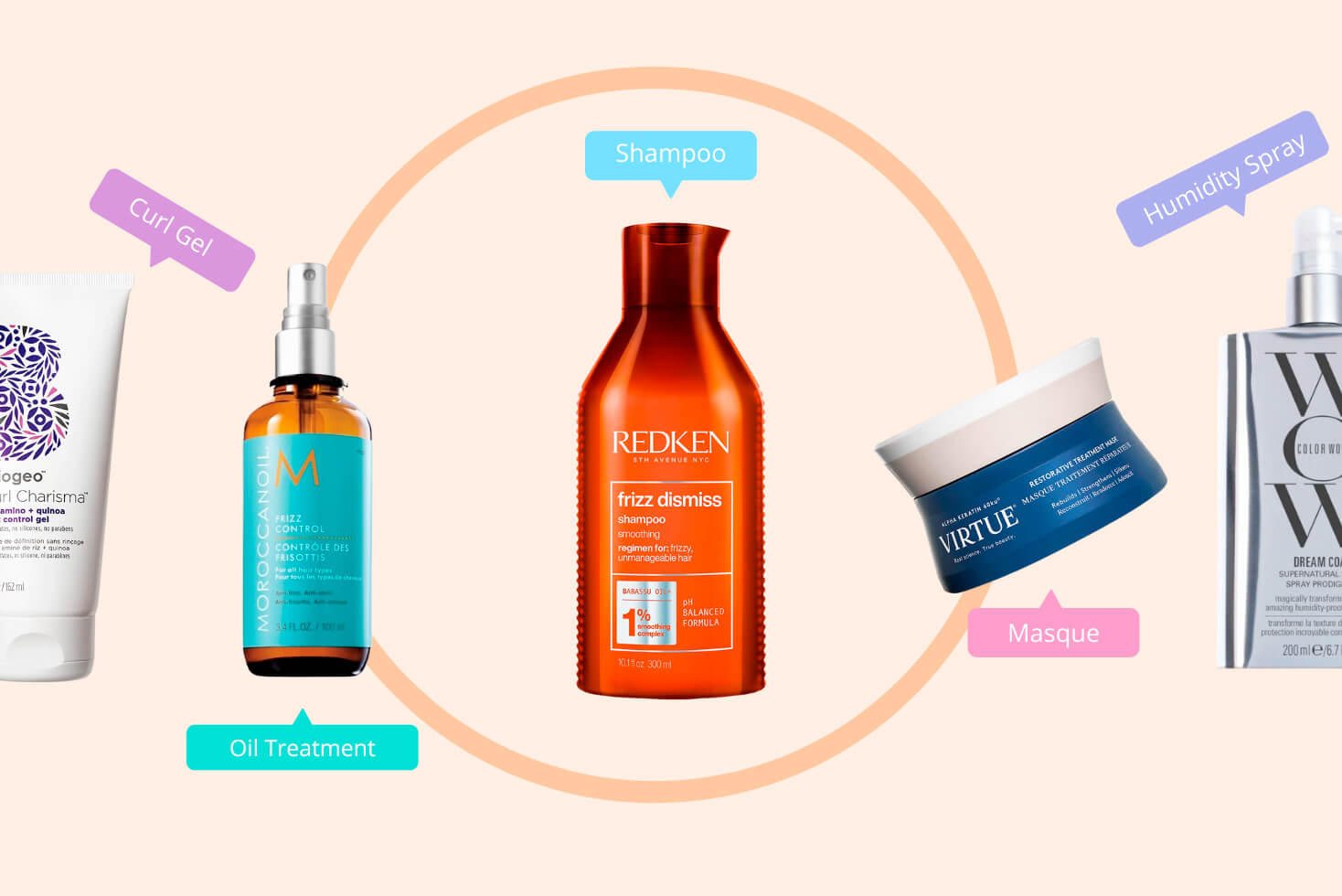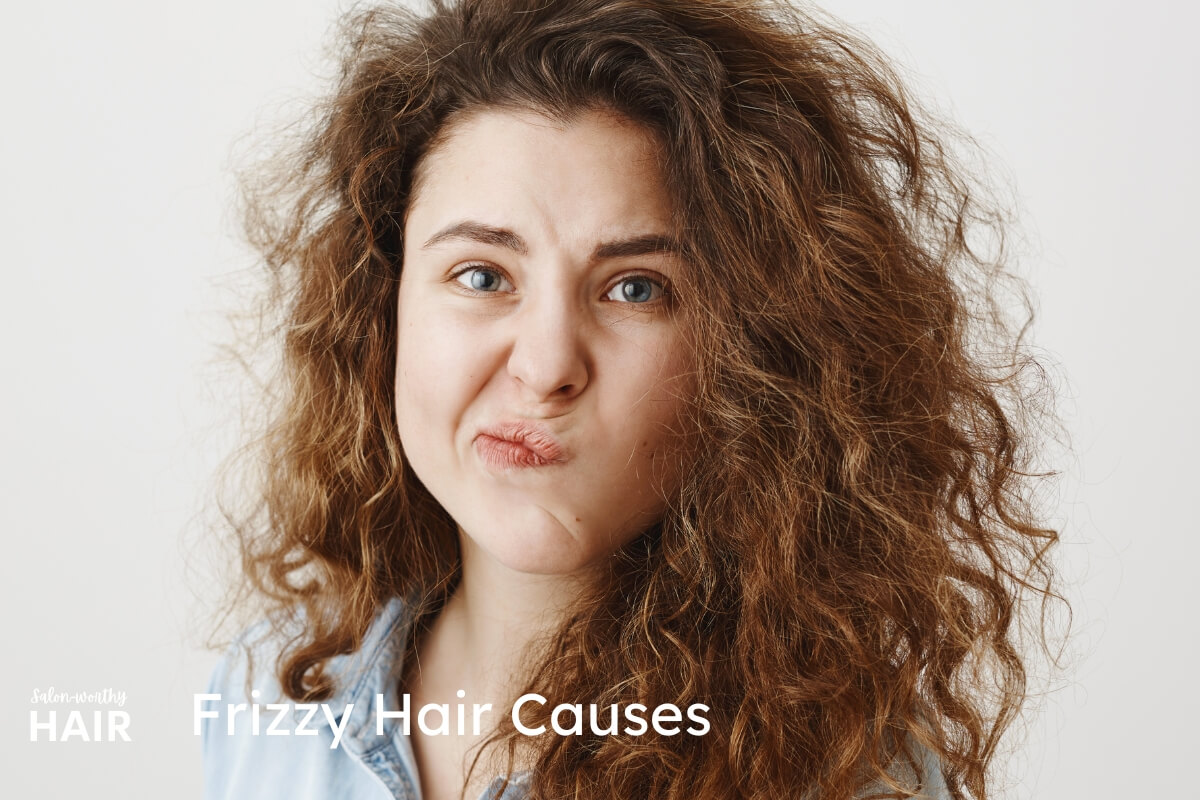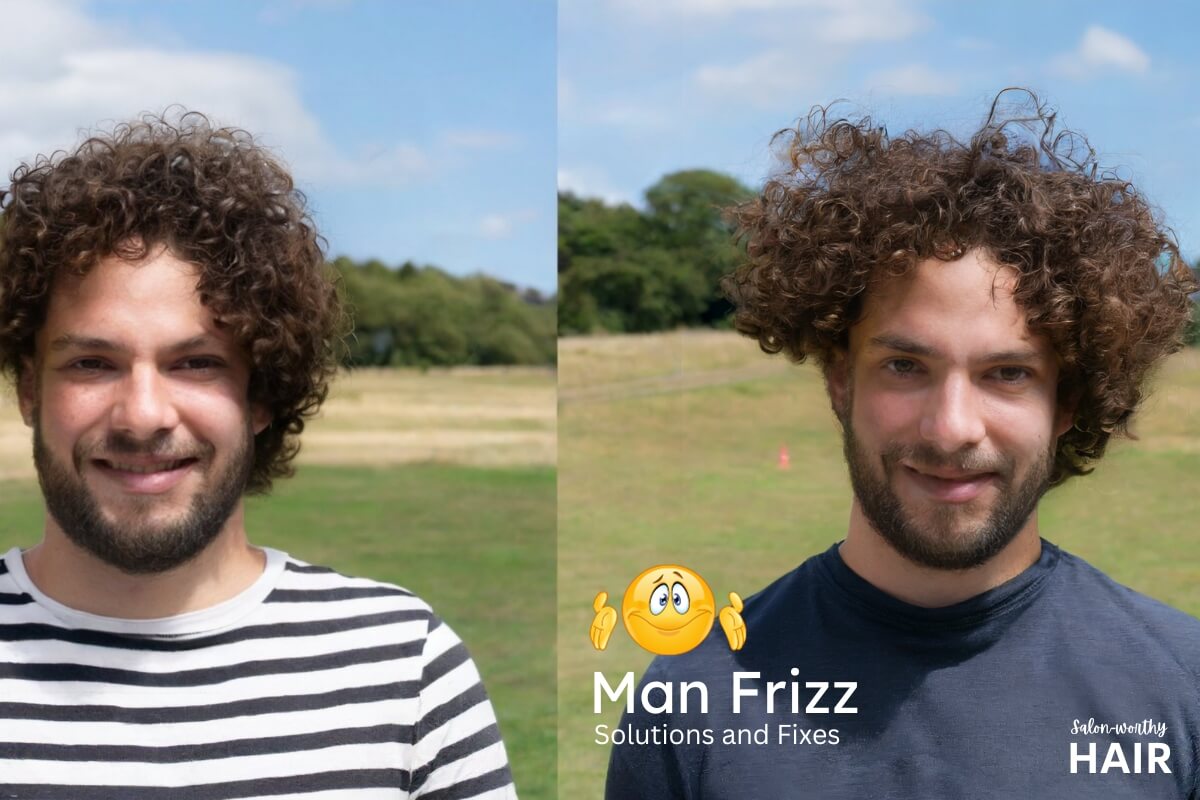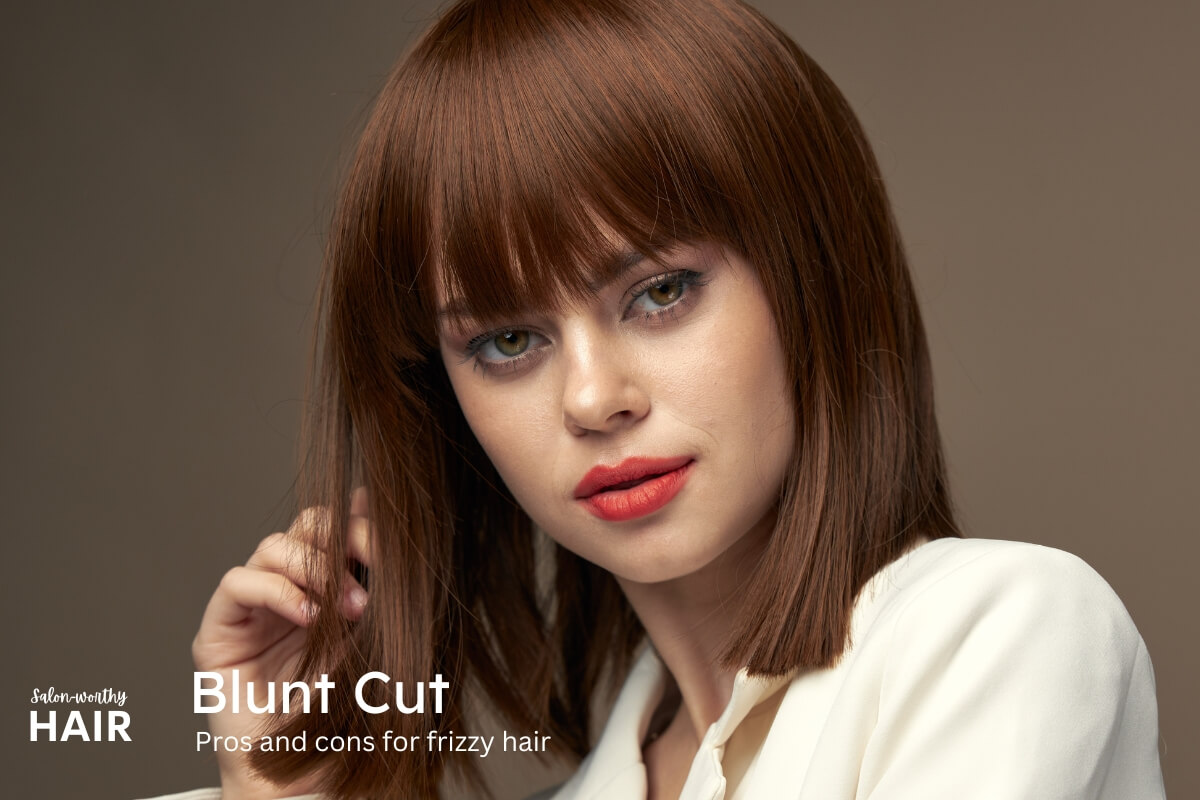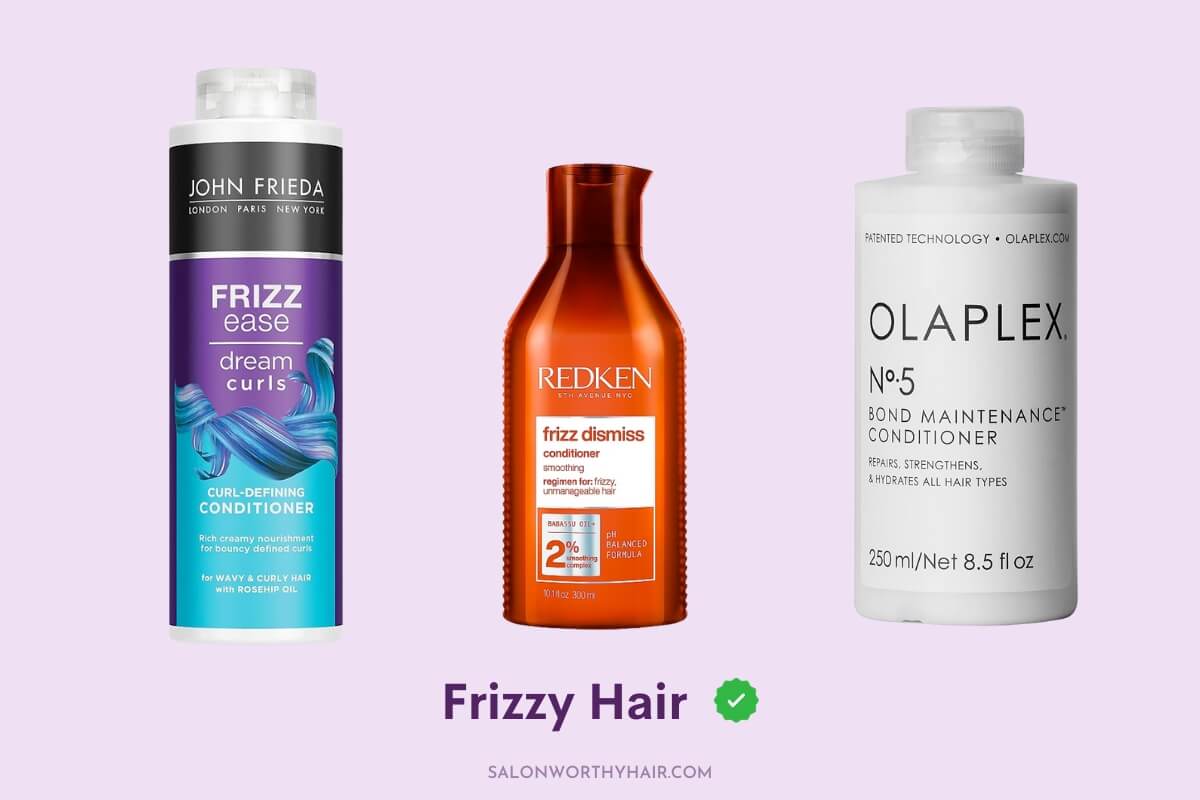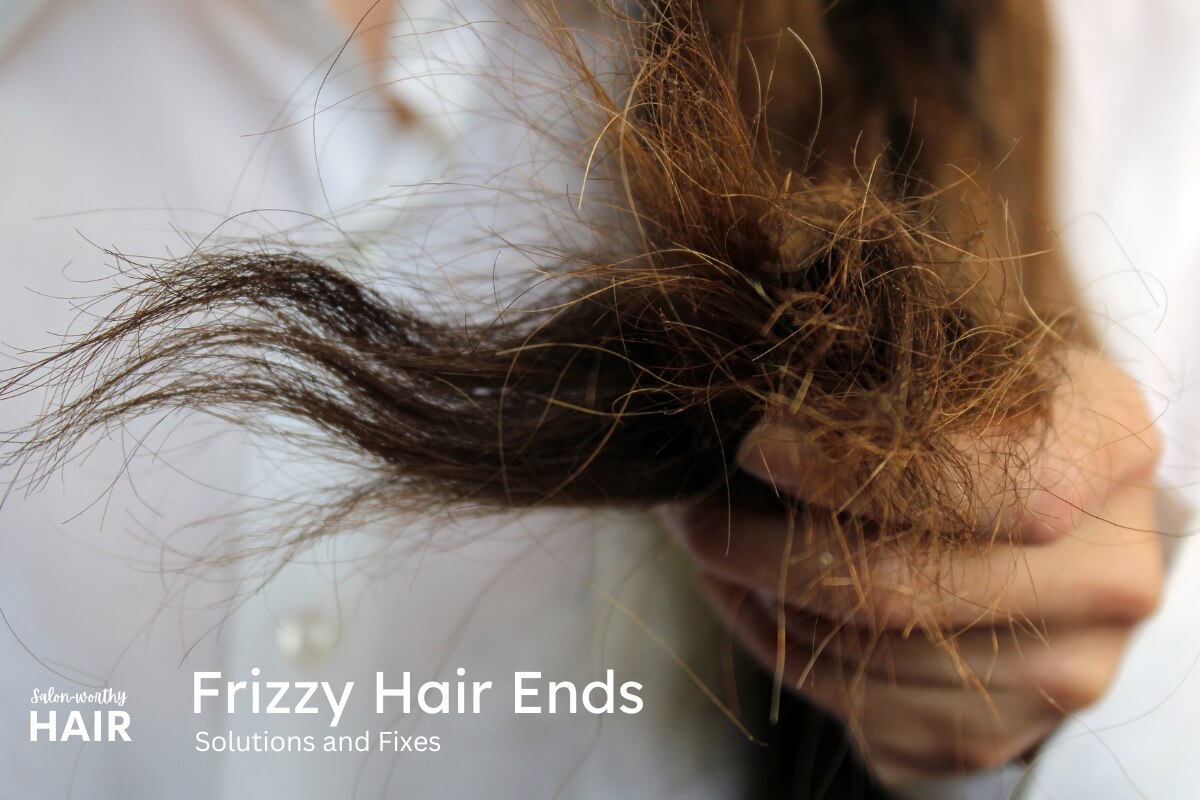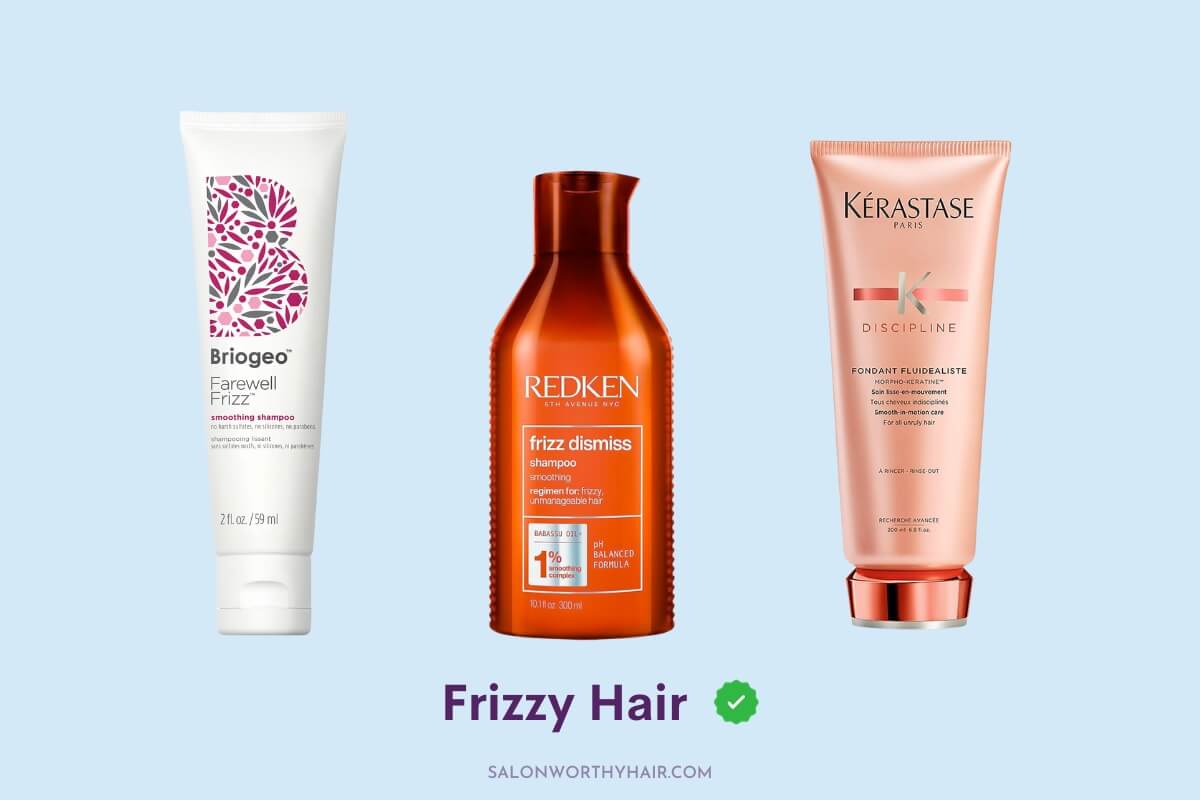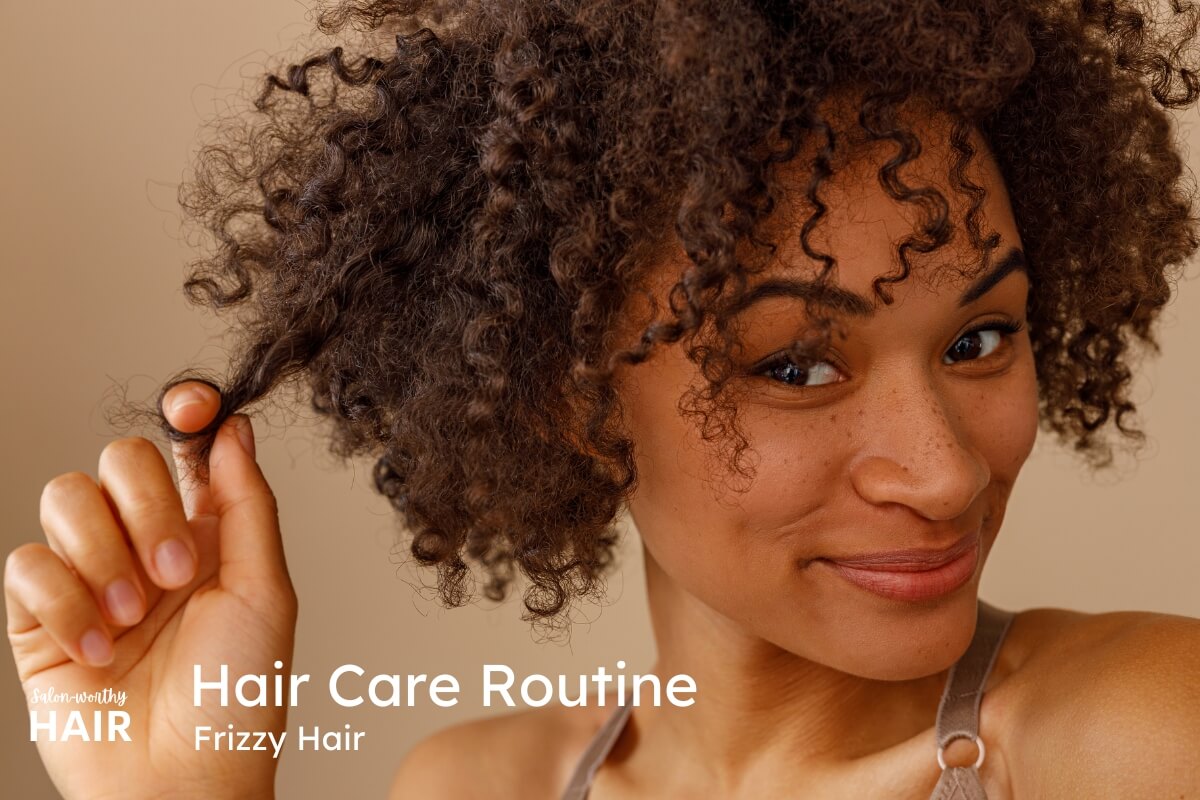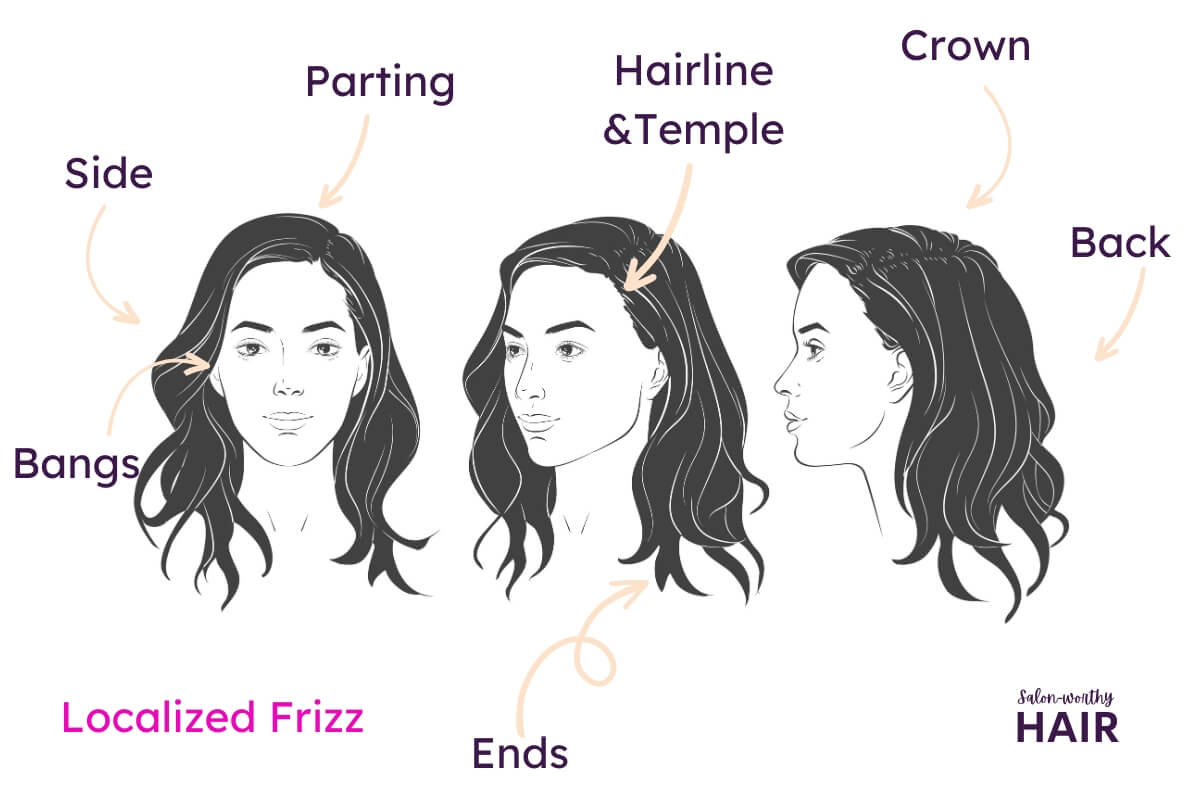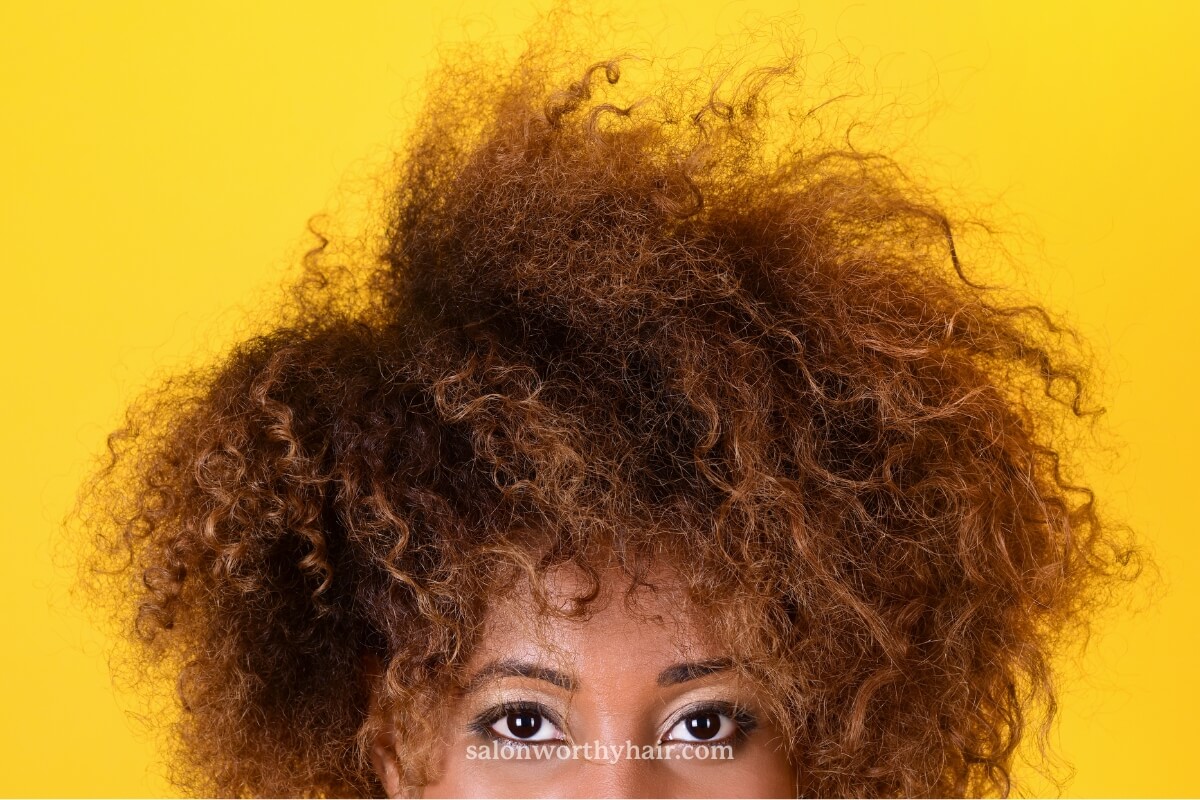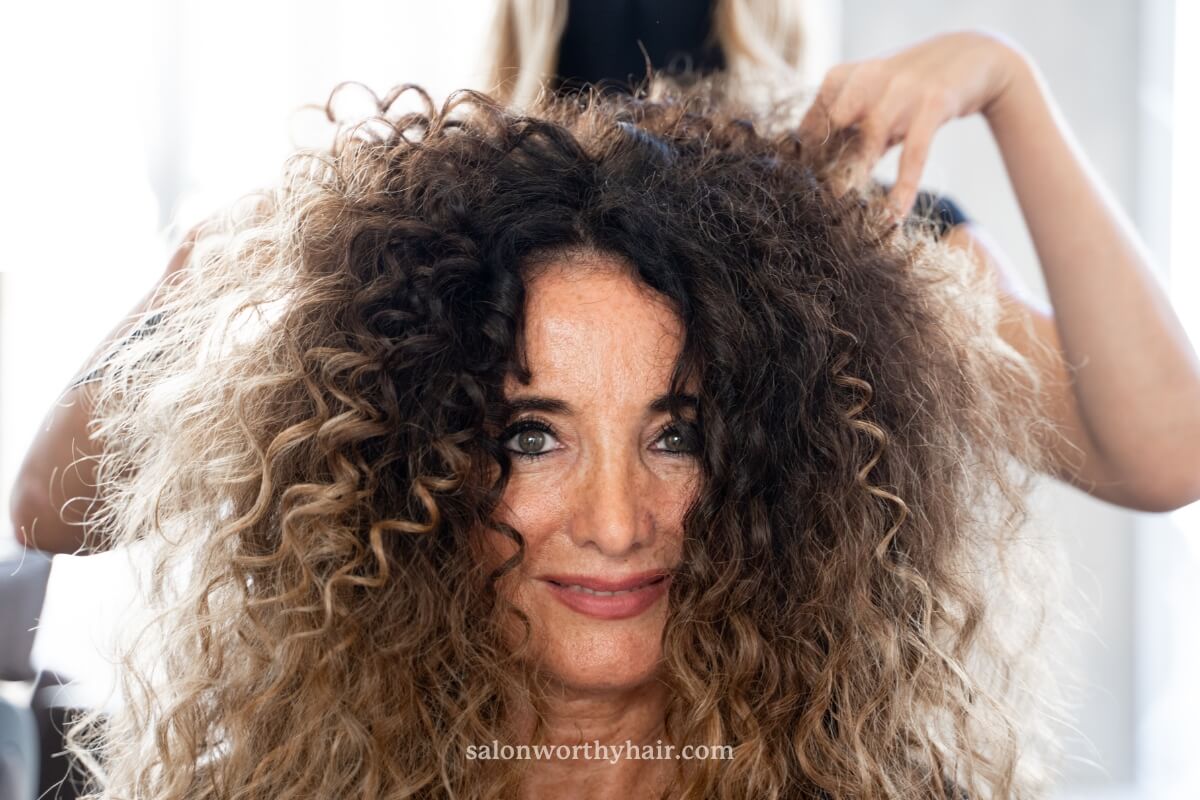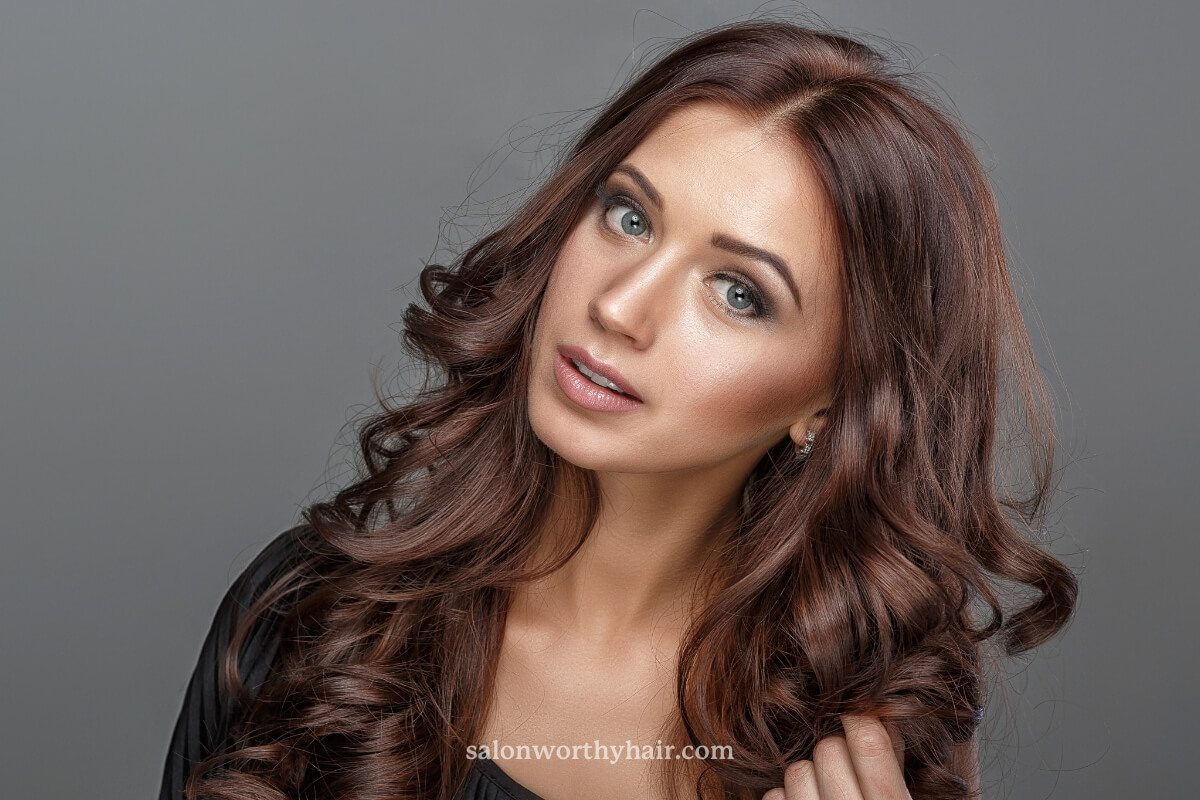Recommended Articles for Frizzy Hair:
Frizz is caused by lack of moisture in the hair.
Visually, frizzy hair has an unruly texture and can sometimes appear fluffy. As a result, frizzy hair is difficult to control and style and is perceived as unkempt, unprofessional, and unattractive.
This collection of articles provides insights, solutions, hair styling tips, products, and treatments to tame and prevent frizzy hair.
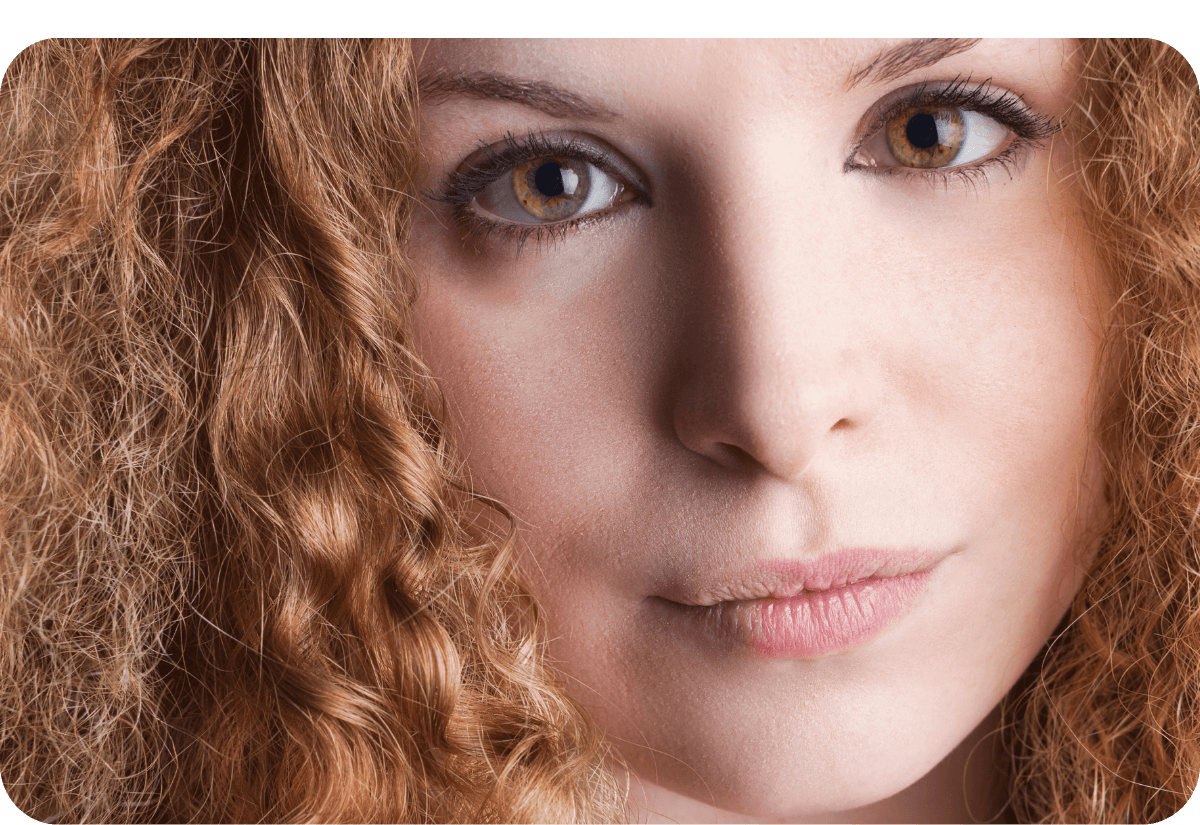
Recommended Articles for Frizzy Hair:
